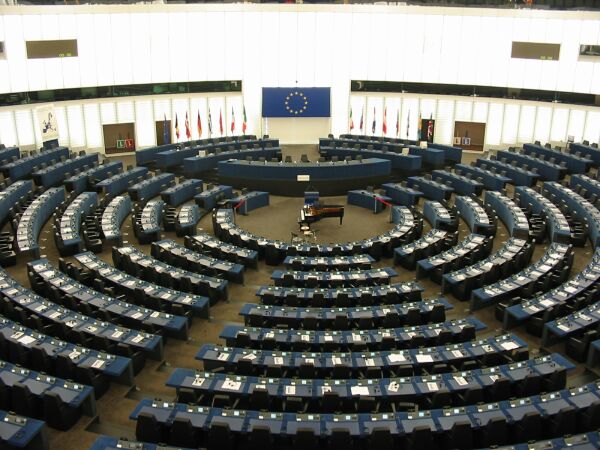 |
| By Tobias Myrstrand Leander Vía Flickr |
The case
involved a rightholder who had applied for an injunction to force an Internet
access provider to prevent its customers from accessing the website of a third
party who was not itself a customer of the said access provider
The issue
raised by the matter was whether the third party – who owned an infringing
website – could, under Article 8.3 of the Directive, also be deemed to be using
the services of providers of access to persons seeking to access the website in
question.
The CJEU's
decision is incontrovertible in ruling that the infringing third party was
indeed using the services of access providers who allowed their customers to
access the infringing website irrespective of whether or not there was a
contractual link between provider and infringer. This means that an injunction
may be ordered against all service providers, not only against the one that
provides services to the infringer as its customer.
The
judgment further rules that an injunction may be ordered without having to
prove that an Internet service provider's customers have actually accessed a
website containing unlawful content, because injunctions are aimed not only at
bringing infringements of copyright and related rights to an end but also at
preventing such infringements.
Nevertheless,
the Court goes on to specify that the measures to be adopted by service
providers in compliance with injunctions issued under the legislation cited may
not unnecessarily deprive users of lawful access to the information while at
the same time need to be reasonably effective so that they cannot be readily
circumvented by users.
Accordingly, the judgment entitles copyright
holders to apply to the courts for injunctive relief against Internet service
providers whose services are used by users to access unauthorized material, and
relief may comprise blocking access by users to copyright-infringing
third-party websites such as websites providing downloads or streaming of films
without the rightholder's consent.
Author: Joaquín Rovira
Visit our website: http://www.elzaburu.es/







